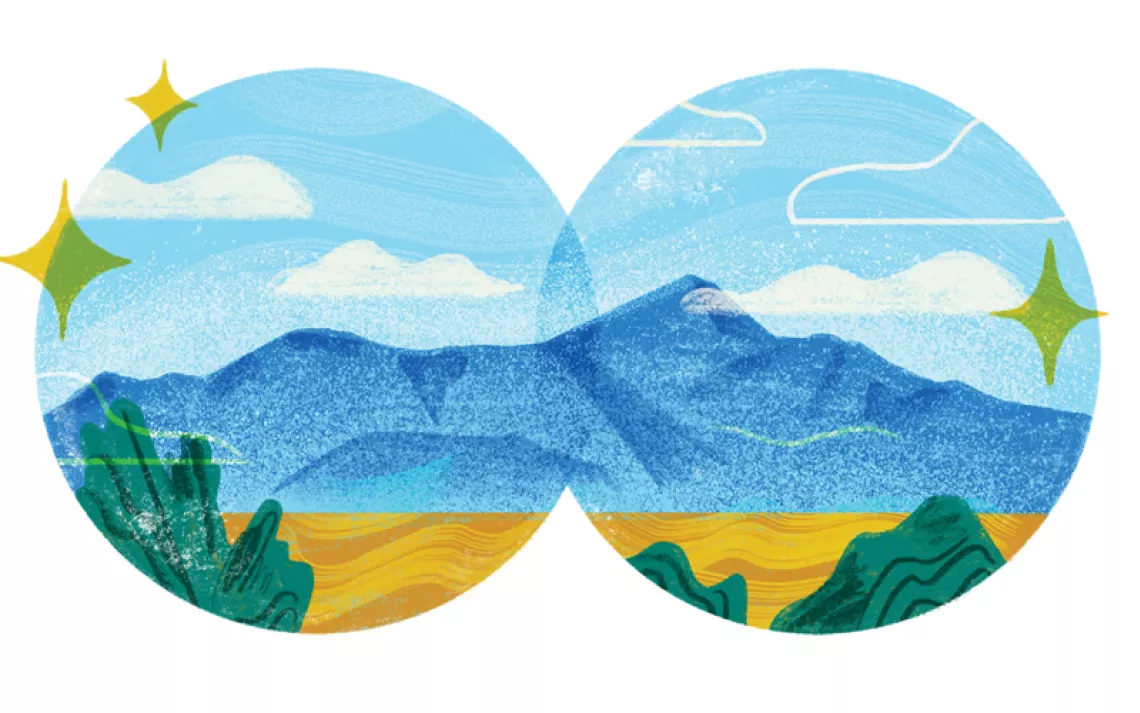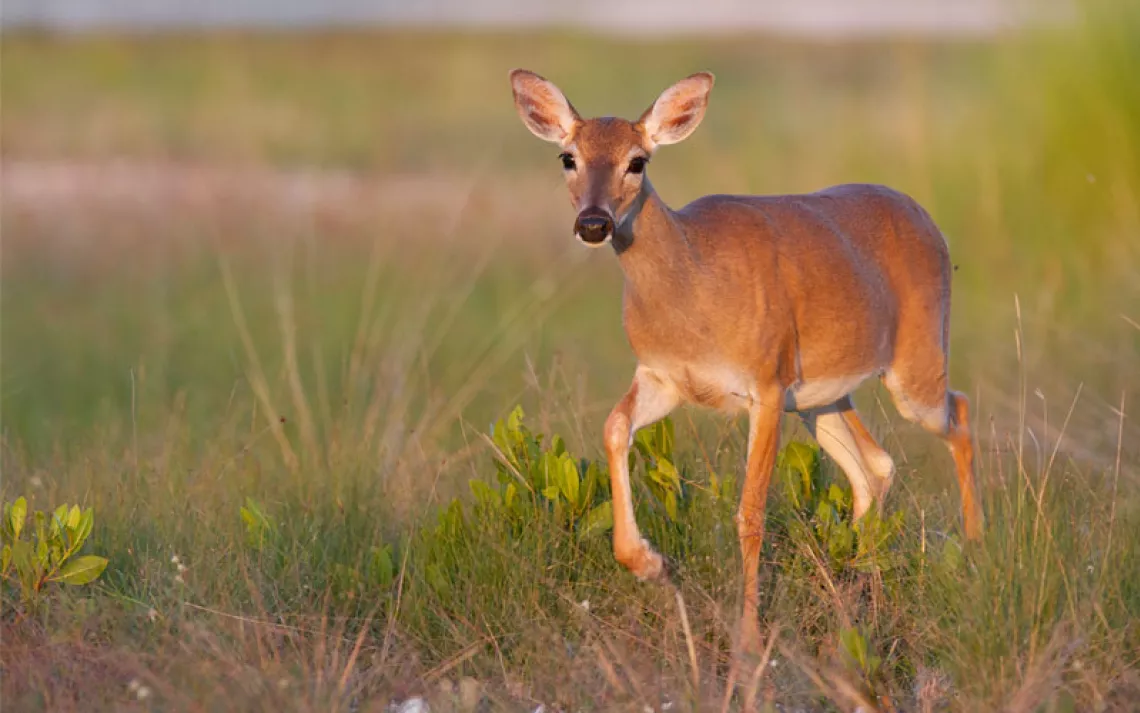Salt of the Earth

Vast sky meets the cracked, crusty expanse of Argentina's Salinas Grandes. | Photo by Bernd Bieder/imagebro/imageBROKER/SuperStock
I am nearly 5,600 miles from home. But distance means nothing here. In Salinas Grandes, an enormous salt flat in northwestern Argentina, the blindingly white surface erases all sense of perception. Snowcapped Nevado de Chani, though almost 20,000 feet tall, floats right before me, deceptively small between my thumb and index finger. Dazzling, barely filtered rays of sun bounce effortlessly off the ground. Raging gusts of wind unite hard sand from the surrounding desert with jagged salt crystals. My cheeks are blasted raw, and my lips are blistered. Every breath I take astonishes me.
To get here, I flew 20 hours from San Francisco to Buenos Aires and then spent another day on a bus to Purmamarca, a postcard-perfect village set against rainbow-colored hills. The town's winding paths are clogged by tour buses shuttling well-heeled visitors to boutique hotels. Residents sell alpaca sweaters and mate gourds under native churqui trees in the town square.

Sign up to receive Sierra News & Views
Get articles like this one sent directly to your inbox weekly.
With this action you affirm you want to receive Sierra Club communications and may vote on policy designated by the Sierra Club Board.
Beyond Purmamarca, however, the landscape quickly empties out; a few adobe hamlets break up vast stretches of crumbling slopes. Life has always existed here. Along deep-red gorges, engravings depict a sophisticated path that once connected Purmamarca to Cuzco, the capital of the Inca empire. Shepherds, direct descendants of the indigenous people who built impressive fortresses on these hills dotted with cardon cacti, walk for hours through sandstorms. They move herds of goats that feast on tola, a hardy plant that survives against all odds in the desert. Even at the peak of the mountain pass, small families of vicuna, the untamed cousin of the llama, gracefully trot along the dry slopes.
But Salinas Grandes—around 37 miles from Purmamarca—has never allowed life. No settlement, human or animal, has dared this acrid land. I turn around and around and see little except snowlike salt and a brown, mountainous horizon. Dump trucks harvesting salt in the distance look like scurrying insects. No fossil—not even a shell—has been discovered here. If this gigantic crust is what remains of an ancient lagoon, as some geologists speculate, what unimaginable forces and immeasurable time moved it so far above and away from the seas?
Between the treacherous winds, an overpowering silence drowns me. The sun is approaching the horizon. Soon these crystal skies will turn black, and I will return to town, reminded how nature humbles me in a way no city can.
Sierra Club Outings
Take a Sierra Club Outings trip to Argentina. For details, click here.
 The Magazine of The Sierra Club
The Magazine of The Sierra Club



